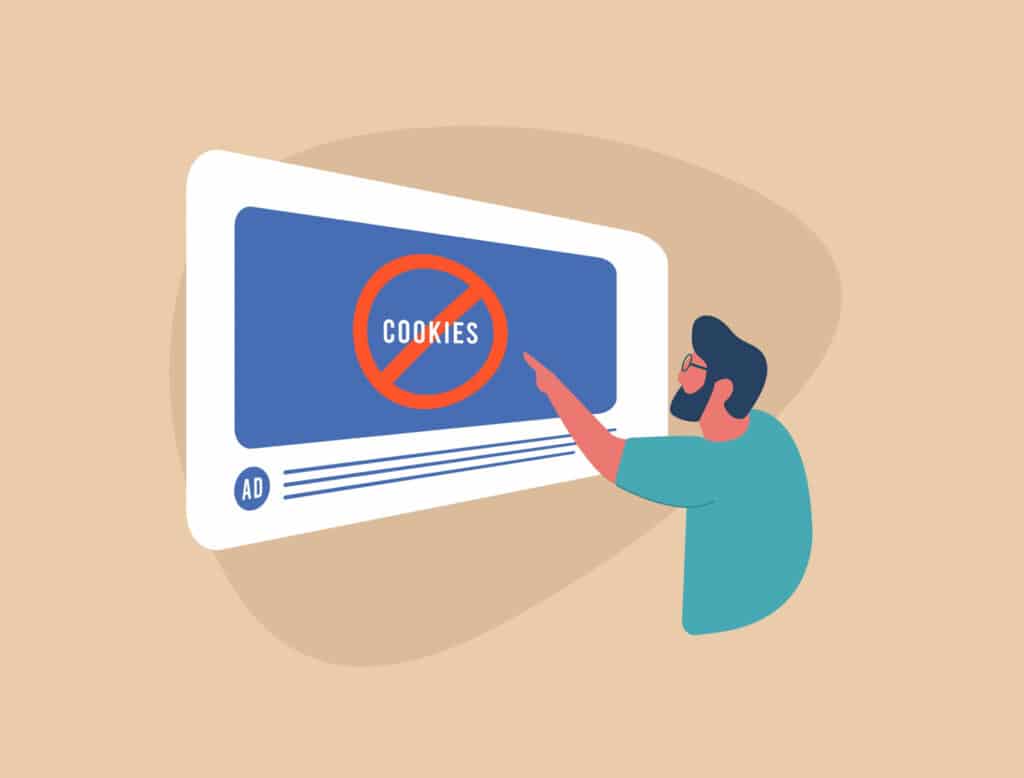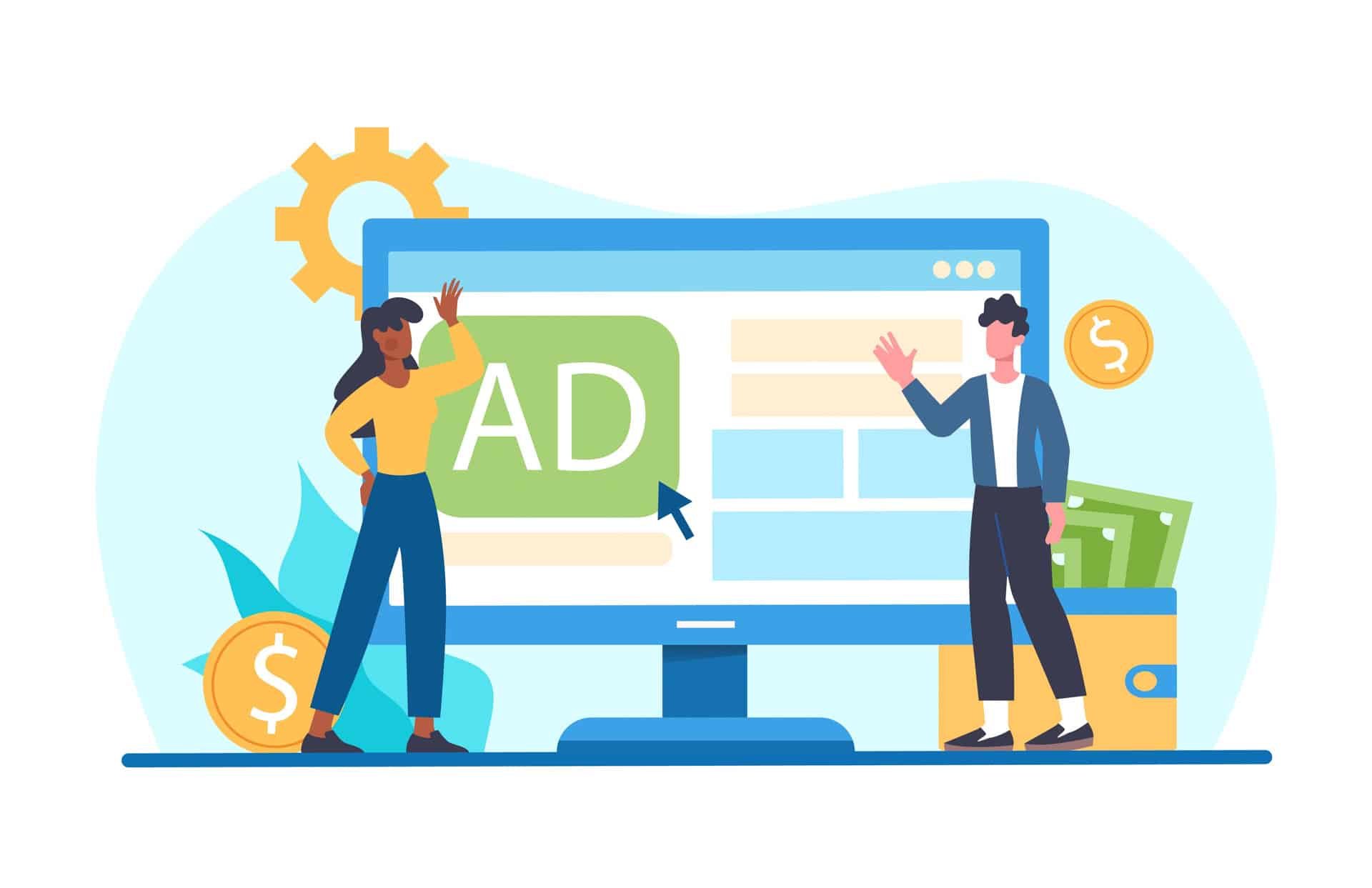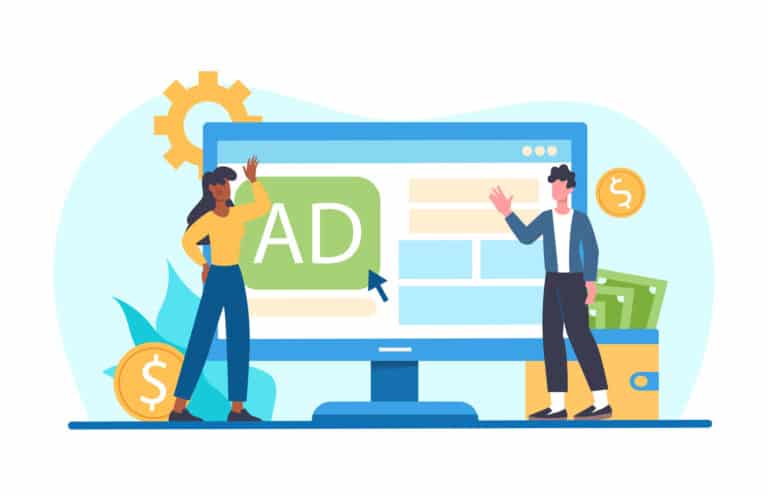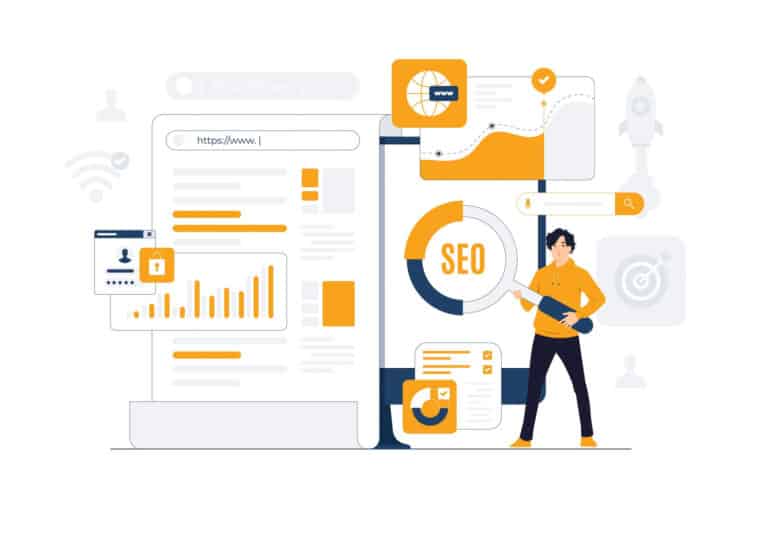Google is officially phasing out third-party cookies. On January 4th 2024, they rolled out a new feature called Tracking Protection to 1% of Chrome users globally. Tracking Protection is a tool that restricts third-party cookies by default.
How big of a deal is this? Chrome is used by 64% of internet users worldwide – that’s about 3.4 billion people. So, a pretty big deal.
This is just the first domino: Google is planning to completely retire third-party cookies in the second half of 2024. For many online advertisers, this is a kind of upheaval that hasn’t been seen since the early 2010s, when mobile ad tech took off. It is a complete change in the default tactics, targeting, and tracking almost all digital marketers use.
But let’s back up – what are third-party cookies, what do digital marketers use them for, why is Google getting rid of them… and what will we do when the last cookie is taken off the plate?
What Are Third-Party Cookies, and What Are They For?
Third-party cookies are small snippets of code on a website, from a website different than the one a user is currently on. These snippets send back information to the parent website, which is used to personalise ads you are served both on the parent site and elsewhere across the internet.
For example, if you’re browsing on Asos, there is almost certainly a third-party cookie from Meta tracking the pages you visit. A savvy marketer will have product feeds and campaigns set up to show you ads for the exact shirt you spent 10 minutes reading the reviews on for the next 3 days straight on Instagram.
Just a quick note: third-party cookies are different from first-party cookies. First-party cookies are still small snippets of code, but they are placed on a website by the website’s owners, not by a third party.
These are the kinds of cookies that power website analytics (who is visiting your website and how they behave on your site), remember your password when you’re logging in, save your language preferences, keep items in your cart and more. First-party cookies aren’t going anywhere fast.
What Do Digital Marketers Use Cookies For?
Third-party cookies, though, affect many types of digital advertising.
Since third-party cookies track across websites, they tell marketers about which websites users often visit, what types of purchases they make, their interests, hobbies, and more. These are the kinds of cookies that you get pop-ups asking you to accept every time you visit a new website.
With this information, advertisers can retarget these same users on other platforms – for example, listening to Spotify, browsing social media, and more. Retargeting is an immensely powerful tool for digital marketers. It allows very fine targeting of specific audience members, messaging that feels personal and powerful, and generally makes for highly effective advertising.
As you can imagine, the challenge of losing cookies is huge for digital marketers. There will be a massive loss of data, and brands fear ads may become less efficient – meaning budgets won’t go as far and returns on ad spend will be lower.
Why is Google Getting Rid of Third-Party Cookies Now?
So, why is Google getting rid of third-party cookies?
The short answer is that removing third-party cookies is designed to protect user privacy. Ever felt sort of… stalked by a company retargeting you online, as their ads followed you from YouTube to Instagram to a random blog? The courts agree – it is kind of like stalking, and they would like advertisers to change their practices, thanks.
There has been more demand for online privacy as people spend more time online and trust more of their data to online spaces. Legislation is catching up to those demands.
Privacy laws around the world, particularly GDPR in the EU, have forced mega companies like Google to start developing solutions that keep user data private, but still usable for advertising without third-party cookies.
However, there are huge concerns from competition authorities that removing third-party cookies from Chrome would lead to a competitive advantage for Google, essentially by making them the only viable ad tech game in town – and the only source of ad revenue for many websites, especially news sites.
The Ad Worries
On the advertising side, digital marketers are worried Google is about to become the only platform that matters. Google Ads will still work without third-party cookies, thanks to their Privacy Sandbox (more details on that below) and their own first-party cookies (are you Googling things while logged into a Google account? They’ve got the data on that).
However, for brands targeting any of that 64% of everyone online using Chrome (that’s every brand, if you’re counting), the loss of third-party cookies will hit every other platform they use hard. Programmatic platforms, smaller social media platforms, independent and emerging ad platforms – every digital ad platform that isn’t Google or Meta (and even Meta to some extent) – will take a huge hit from this.
Advertisers and brands will spend less on these other platforms, Google will have less competition, and Google Ads will see increased ad spend and be able to charge more (they already are, in fact).
The Antitrust Worries
There have been worries (and antitrust complaints) from online publishers, like newspapers, that without third-party cookies they will be unable to generate revenue and could be forced to close their doors.
Lower numbers of publishers mean fewer news sources for the public, feeding into job loss, less trustworthy news, less news reported, and more opportunities for misinformation to spread in the public sphere. In other words, unwelcome news for us all, even outside the world of digital advertising and journalism.
Google wanted to roll back third-party cookies in 2022 and have been making announcements about it since 2020 (spoilers: GDPR was passed in 2018). However, due to these concerns and intervention from authorities (the European Commission, the UK’s CMA, and others), they have delayed in order to improve their Privacy Sandbox, making it more transparent and more competition friendly.
The time has finally come, though, and third-party cookies are in their final months.
Alternatives to Third-Party Cookies for Digital Marketers
Google is developing their own solution, called the Privacy Sandbox. The Privacy Sandbox is intended to soothe both privacy concerns and fears from advertisers.
How does the Privacy Sandbox work? It’s a bit complicated, and it’s still in development. According to their website, it ‘reduces cross-site and cross-app tracking while helping keep online content and services free for all’.
There are a variety of technologies involved in the Privacy Sandbox. We won’t get into all the developer-focused technical detail, but a few include:
- Google’s Topics (previously FLoC): this is user interest data based on locally tracked browsing history – that’s Google’s first-party data (a note – Google has committed not to use Chrome browser data for ads. It’s unclear how Topics works beyond this).
- Attribution Reporting: this is a way to track ad conversions without relying on third-party cookies. Google’s default attribution model has already switched to this, as you’ll have noticed if you use Google Ads. It says it uses ‘limited conversion-side data’, reporting is delayed, and that data is ‘noised’ (for a small percentage of cases, random data is sent instead of real reports) to protect user identity across sites.
- Protected Audiences (previously FLEDGE, now part of the TURTLEDOVE family, if you’re looking for more acronyms in your life): Ways to serve remarketing and custom audiences, without cross-site third-party tracking. It uses on-device auctions – if you’d like the details, follow this link for helpful charts and diagrams.
As you can see, the Privacy Sandbox is actually a whole suite of tools designed to keep the internet looking something like it currently does, but with a lot more user privacy.
The competition authorities are focusing on Google making public reports and tests about the technology, not implementing Privacy Sandbox tools in a way that favours their own activities, and consulting market participants on how effective and freely available the tools are. We’ll learn more as these tools are rolled out over the next 12 months.
The Future Without Cookies
We don’t know what the next year or two will bring in so many arenas, but let’s do a little crystal ball-gazing for a post-third-party-cookies world specifically.
In an optimistic scenario, Google’s Privacy Sandbox will be a huge success for advertisers and users alike: There will be fewer bots and fraud online, users will still see relevant ads but with the knowledge their privacy is protected, and advertisers will still be able to measure and report on results from campaigns.
Other advertising platforms will be developing their own cookie-free models, perhaps with some inspiration from Sandbox’s generally available APIs, and digital marketers will be able to confidently stay on these platforms, keeping prices low for everyone and leading to a healthy state of competition in the digital ad tech sphere.
That’s a look at a bright future.
In a slightly less perfect world, there may be some bumps in the road as this new era comes into existence, with marketers exasperated by a lack of visibility into both who is seeing their ads and how those ads are performing. If the only solution to losing their own tracking technology is a single, Google-provided solution, some brands and agencies will naturally be frustrated.
Google may continue to raise costs as other platforms do not keep pace, and users may start seeing ads that make no sense in the context of their lives and interests (for example, a man in France seeing ads for smoothie shops opening in Ontario).
We may see marketers moving their budgets around, and focusing less on types of ads that need that third-party data to work effectively.
For example, if ROIs (return on investments) go down, brands may spend less on video display advertising or social media ads, and more on tools like email which rely on first party data.
The future of digital marketing is uncertain, but one thing is fully baked in: third-party cookies are out, and the last ones are leaving the table.





